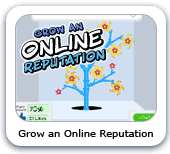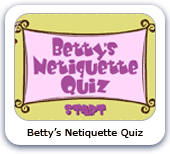Technology Use (DC.1)
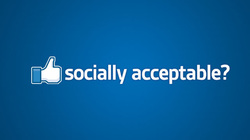
3-5.DC.1. discuss scenarios involving acceptable and unacceptable uses of technology (e.g., file-sharing, social networking,text messaging, cyber bullying, plagiarism)
I Can

I can discuss acceptable uses of technology.
I can discuss unacceptable uses of technology.
I can give examples of acceptable and unaccceptable social networking.
I can give examples of acceptable and unacceptable text messaging.
I can give examples of cyber bullying and why it is wrong.
I can give examples of plagarism and why it is wrong.
I can discuss unacceptable uses of technology.
I can give examples of acceptable and unaccceptable social networking.
I can give examples of acceptable and unacceptable text messaging.
I can give examples of cyber bullying and why it is wrong.
I can give examples of plagarism and why it is wrong.
Communication: Twalkers
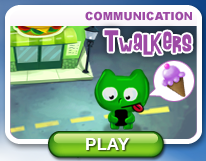
Students learn why it's important to avoid multitasking with a cell phone. They consider the benefits of focusing on one task at a time.
Students will:
Students will:
- learn that cell phones are powerful, convenient tools for communication.
- identify situations in which using cell phones can be rude or distracting.
- reflect on the benefits of focusing on one task at a time.
E-volve
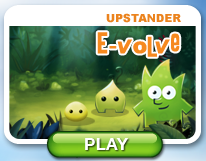
Students make choices about what to do if they or their friends are cyberbullied. They are encouraged to "evolve" into an “Upstander” – someone who takes action to stop cyberbullying, rather than standing by.
Students will:
Students will:
- compare different forms of cyberbullying and the roles of those involved.
- interpret scenarios that illustrate how targets of cyberbullying feel.
- identify ways to be an “Upstander” when cyberbullying occurs.

